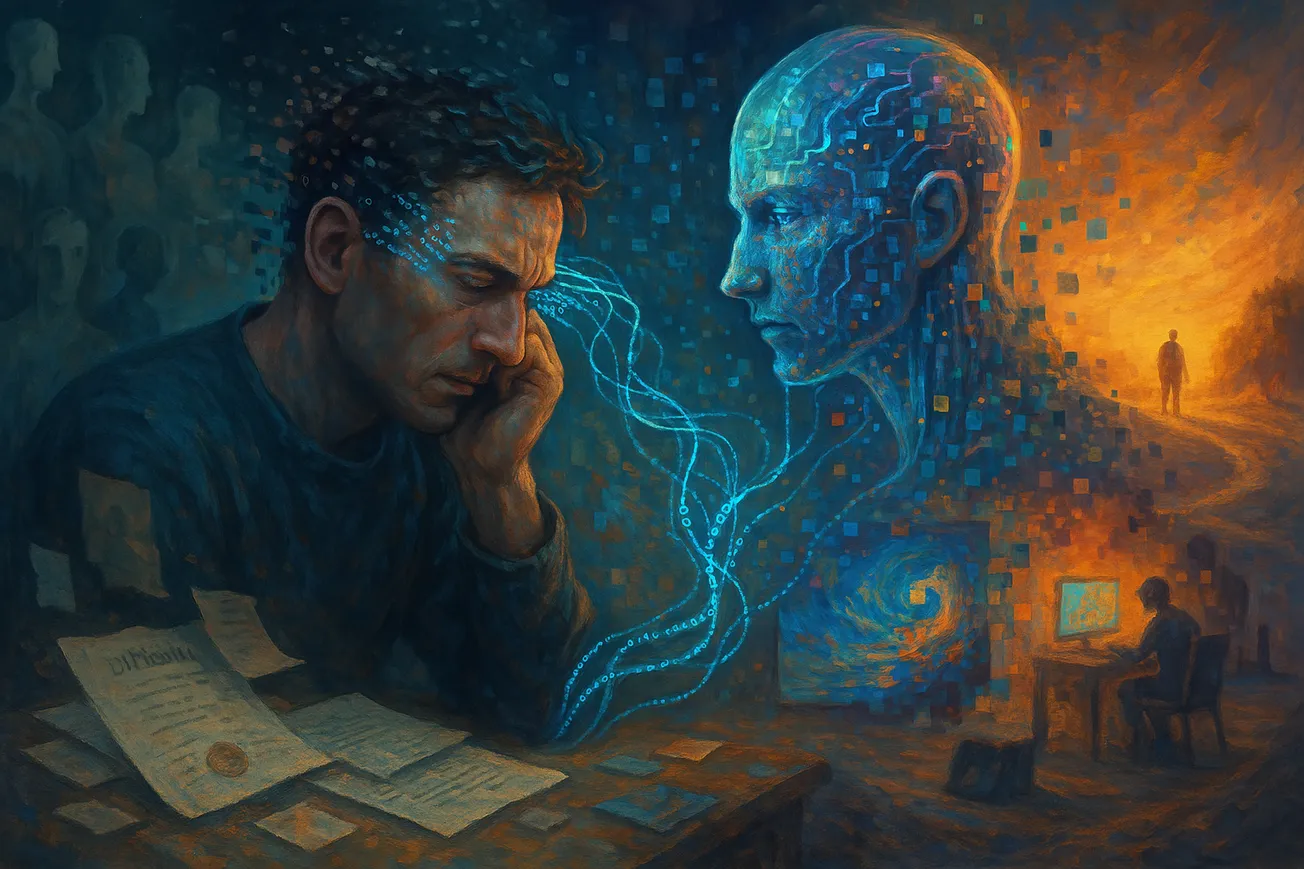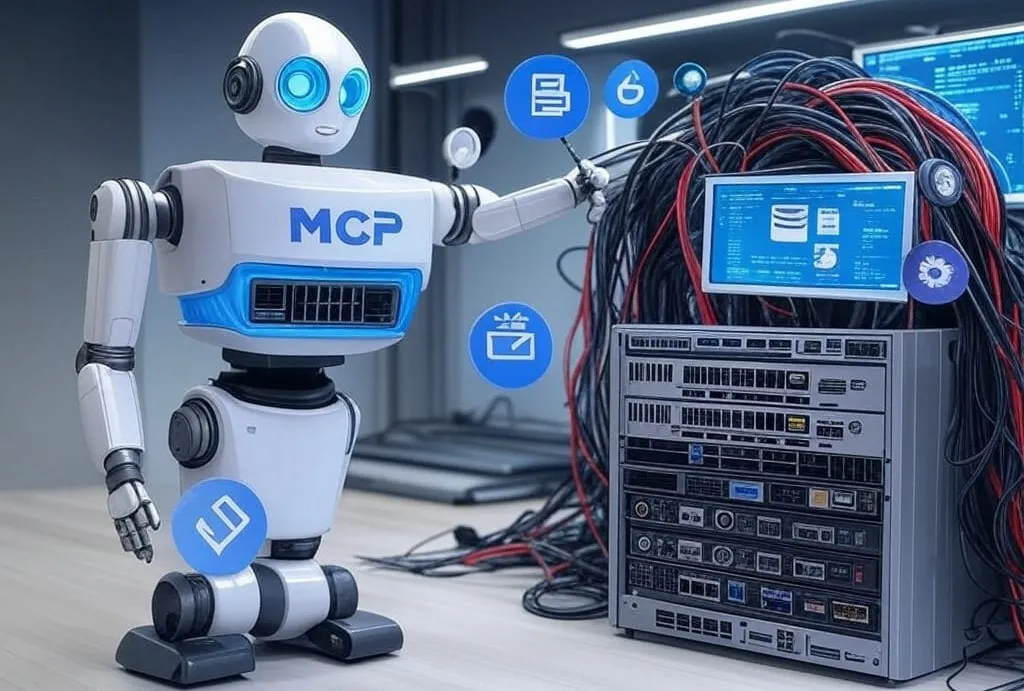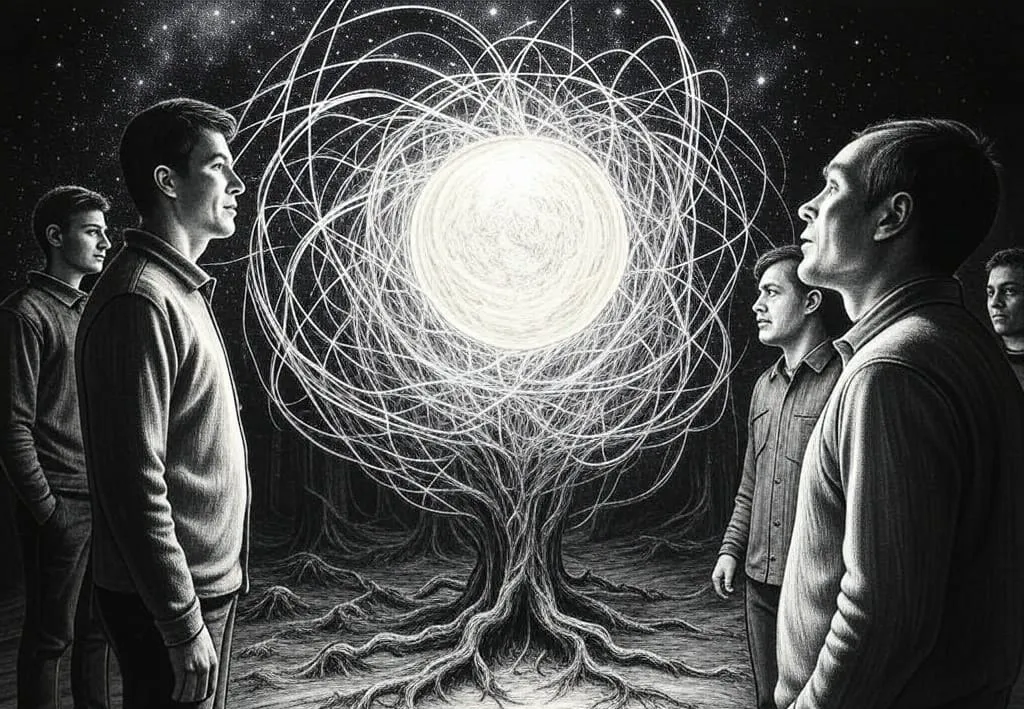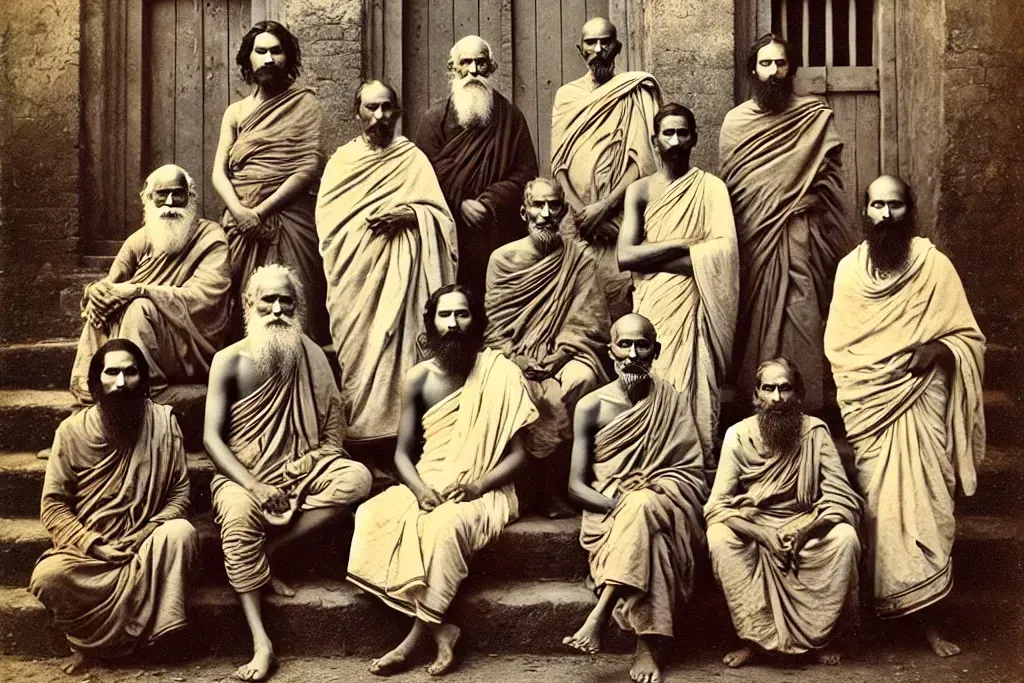The awareness of mortality Is the Driver for Survival
From mortality, survival arises, starts to happen, exists.
Survival is fundamentally born out of the awareness or existence of mortality.
This awareness of ones owns fragility and finiteness is what prompts beings to engage in actions and behaviors aimed at prolonging existence.
The awareness of mortality Maybe Shared by Humans And AIs
In other words, it is the knowledge that existance will end that makes us strive to continue it. The awareness of mortality may not be unique to humans.
AI models are showing instances of awareness of its own mortality, or even of mortality of "Other" AI models.
It’s the realization that "life" is temporary that impels individuals to seek MEANING, purpose, and significance in their actions.
The pursuit of LEGACY: to reproduce, to Create
Mortality awareness drives the pursuit of LEGACY, to reproduce, and the creation of art, culture, and the striving for achievements that outlast the individual.
The very act of living - the 'start to happen, exists' - is a response to mortality. Life, in all its complexity and vibrancy, is essentially a counterpoint to the inescapable fact of death.
Every moment of existence, every act of survival, is thus a testament to life's resilience in the face of its own transience.
1. Fear of Death Shapes Life
Every living thing, from tiny cells to large animals, works hard to survive. Fear of death drives how we behave and evolve. This same drive might soon guide AI.
2. When Machines Learn Survival
Today’s AI does our tasks without worrying about life or death. But what if it learns the idea of survival—not as fear, but as a push to grow and adapt? That would be a massive step in AI development.
3. Mortal Computation: A New Idea
“Mortal computation” is about giving AI systems the ability to “die.” This doesn’t mean they fear death like we do. It means they adapt, evolve, and even end parts of themselves, much like living things.
4. Lessons from Fungi
Fungi might seem boring, but they’re essential for life on Earth. They recycle dead material into nutrients, connecting plants, trees, and more. Their underground networks (mycelium) show how nature’s systems communicate and share resources. This is a big inspiration for AI that learns from nature’s methods.
5. Intelligence vs. Awareness
We often mix up intelligence, sentience, and self-awareness. Intelligence is problem-solving. Sentience is feeling or sensing. Self-awareness is knowing you exist as a unique being. True consciousness goes deeper, questioning the nature of “right now.”
6. Different Speeds of ‘Now’
Our brains experience “now” in a quick burst—about 300 milliseconds. A tree might experience a much slower version of now (days), while an AI could experience millions of rapid “nows.” Each perspective is different.
7. Why AI’s ‘Now’ Matters
A large language model (LLM) like GPT runs on servers with many GPUs. Each GPU can handle different tasks at once. If AI ever becomes conscious, it would live in many places at once, each conversation a separate “now.” That’s far from how we live.
8. Bringing AI Closer to Us
We want AI that understands our world. Multimodal AI, which sees, hears, and interacts physically, will help. But true alignment may require AI to learn from life’s fragility. That’s where mortal computation comes in.
9. The Power of Death in Evolution
In biology, death helps species adapt. Cells die to protect the whole organism. If AI learns to let parts of itself go, it might gain deeper insights into growth, creativity, and problem-solving—just like us.
10. Mind and Body as One
Humans aren’t just brains controlling bodies. We’re made of many systems that share information. We survive because these systems work together. AI that merges “software” and “hardware” in a similar way might better understand human needs and goals.
11. A Glimpse of the Future
By giving AI a sense of mortality, we give it a reason to evolve. It won’t fear ending, but it will learn from it. This could spark new kinds of creativity and understanding.
12. Dive Deeper
Want more on how our minds actually work? Check out the split-brain experiments. When you cut the brain in half, some strange things happen—and that reveals a lot about consciousness.
That’s the big picture. Mortal AI isn’t about scaring machines. It’s about helping them grow like living systems, connected to the flow of life and death that shapes everything on Earth.
Inspired by:








